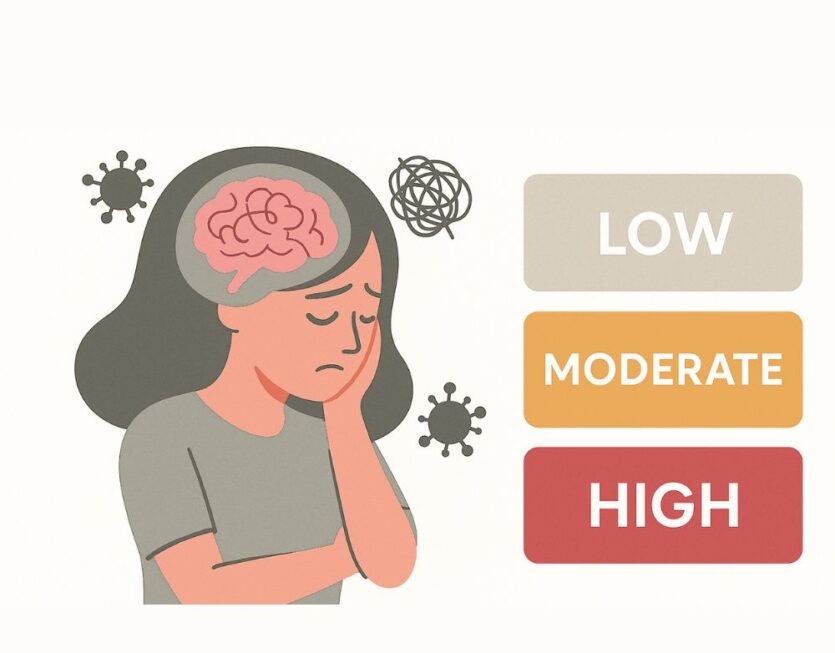MindScope: Mental Health Risk Classification Using Supervised Learning
Project Overview
This project focuses on predicting whether a person is at risk of mental health issues based on personal and workplace factors. Using labeled survey data, students built classification models to understand patterns and make predictions.
Objective
To use supervised machine learning techniques to classify individuals into “at-risk” or “not at-risk” categories based on mental health indicators.
Key Skills Applied
- Data Preprocessing and Cleaning
- Exploratory Data Analysis (EDA)
- Feature Engineering
- Supervised Learning (Logistic Regression, Decision Trees)
- Model Evaluation (Accuracy, Precision, Recall, F1-Score)
Tools & Libraries Used
Python, Pandas, NumPy, Scikit-learn, Matplotlib, Seaborn
Learning Outcomes
- Understood how to work with real survey data
- Learned to handle imbalanced classes
- Applied classification techniques and evaluated them with proper metrics
- Gained insights into how AI can support mental health awareness and early intervention
Result
Achieved a classification model with [e.g., 82% accuracy] using Decision Trees. Learned how feature importance helps in understanding which personal or workplace factors most influence mental health risks.


